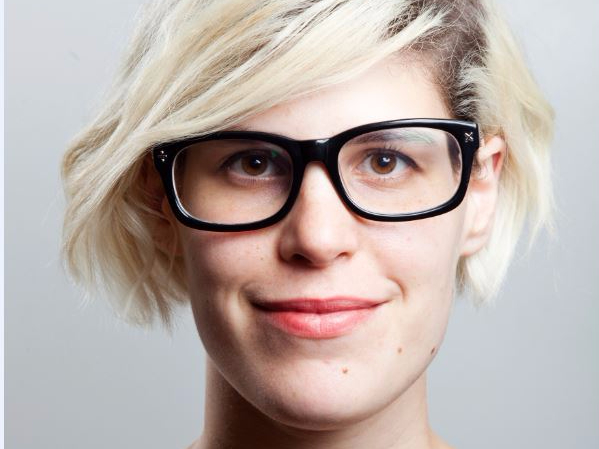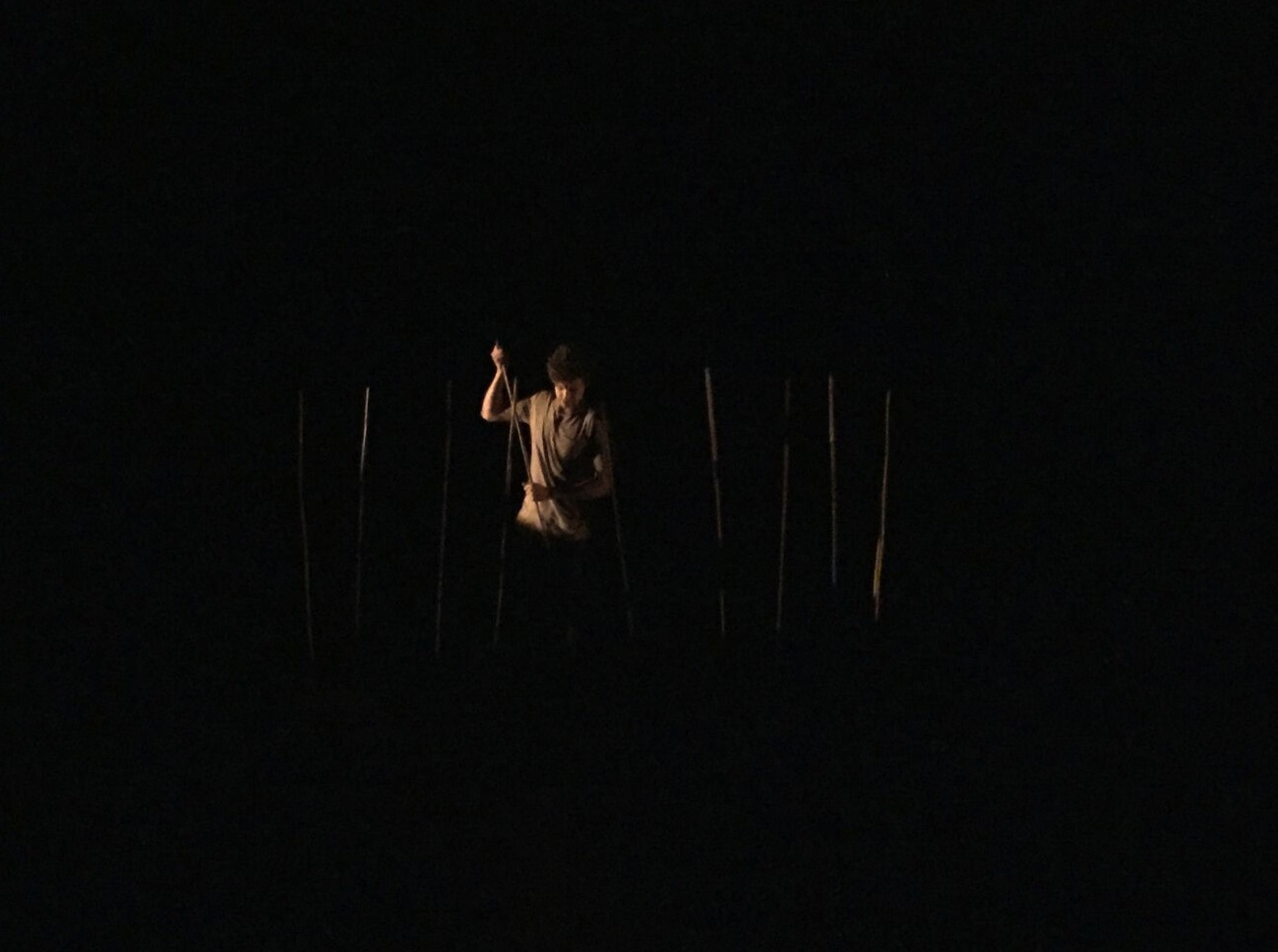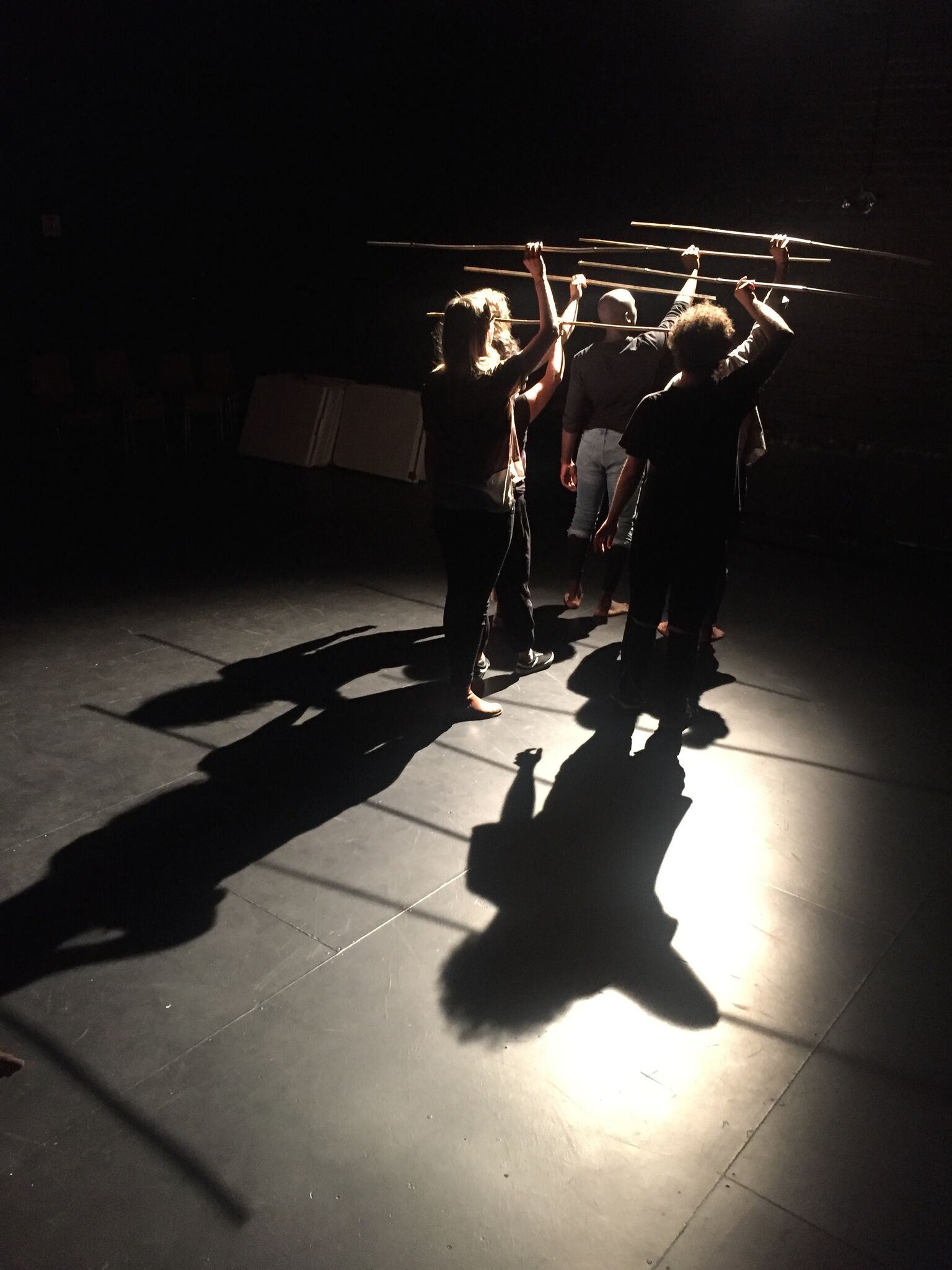
“It was breathtaking to witness the power of our imaginations…”– Academy Blog by Michelle Tracey
At the beginning of October, myself and my fellow Soulpepper Academy artists had the chance to complete a week-long masterclass in design dramaturgy with Michael Levine. Michael is a renowned Canadian scenographer based in London, England, but his work in theatre, dance and opera can be seen all over the world. I was familiar with Michael’s work having seen his designs for the COC’s remount of Götterdämmerung (the 3rd in Wagner’s Ring Cycle) and the National Ballet’s production of Le Petit Prince, for which Michael was credited as ‘Set and Costume Designer’ and ‘Creative Concept’, alongside choreographer Guillaume Côté.

Michael Levine Masterclass, photo by Lorenzo Savoini
I was fascinated to meet Michael, having heard that his design practise was uniquely holistic, possibly due to his experience with London-based company Complicité who is known for their rigorous devised creations. I was excited for what insights Michael could share with our group about the potential of design to shape storytelling. From what I had seen of Michael’s designs, his work is less concerned with literal representation than with invoking the imaginations of the audience. This masterclass also marked a coming together for our Academy. It had been several months since all of our artistic disciplines had worked together in the same room.
Over the course of the week, we dove into analyzing the libretto for the opera Wozzeck by Alban Berg. Michael knew the libretto inside and out having designed it himself several times. Wozzeck is regarded as one of the first 20th– century ‘avant-garde’ operas because it utilized dissonance and atonality to express the tragic and often deranged inner worlds of the characters. Its libretto and score were an ideal jumping off point to discuss different kinds of space that exist in the theatre.
Beyond literal space, we discussed emotional space, psychological space, dream, fantasy, metaphor, etc. After establishing this shared language to discuss space, we experimented at length with how design elements could evoke different kinds of space.
We discussed power dynamics within scenes, and asked ourselves how could these power dynamic manifest themselves physically. It became much easier to understand how the placement of one set piece might amplify a power dynamic between two people in space.
We spent most of the week on our feet, working with choral movement and exploring how the physical relationships between bodies can create dramatic tension. I think it was surprising to most how movement-oriented Michael’s work was with us! I believe this work is at the heart of what scenographers can provide; dynamic space that provides strong opportunities for performers.

Michael Levine Masterclass, photo by Lorenzo Savoini
We also took time to look at simple objects in the room, and discover how they could be transformed in a theatrical context. This kind of transformation has always seemed like magic to me. It was breathtaking to witness how the power of our imaginations can transform an object as unassuming as a table into a boat, a gurney, a canvas, a prison cell (and on and on), or how a few sheets of paper can transform into a soaring flock of birds.
Michael also facilitated skype calls with several of his London-based colleagues throughout the week. It was fantastic to get a sampling of so many artists’ unique perspectives on theatre making from different disciplines. Finally, we were able to look at the different properties of theatre lighting and what emotional qualities they bring. It was an incredible week, and I feel that we grew as an ensemble as a result of it. The lessons that Michael taught us left me feeling empowered and inspired to continue creating with this bright group of artists.